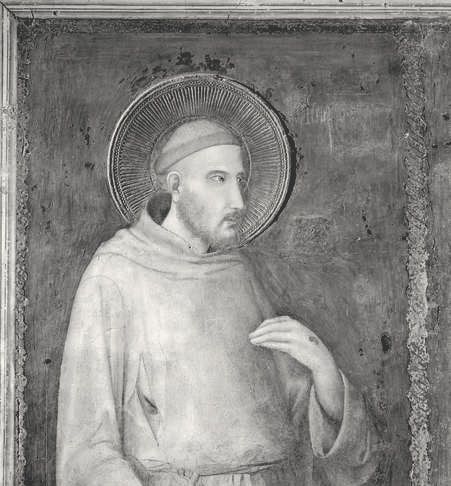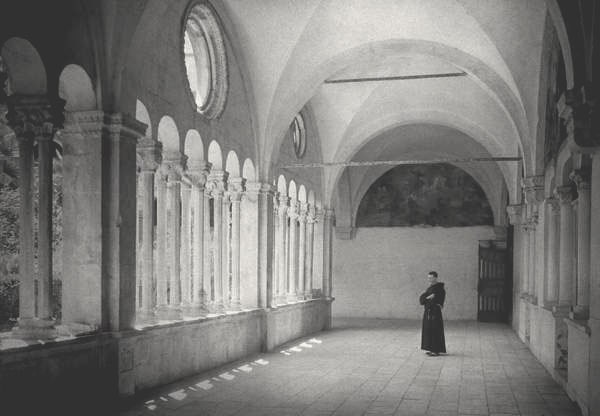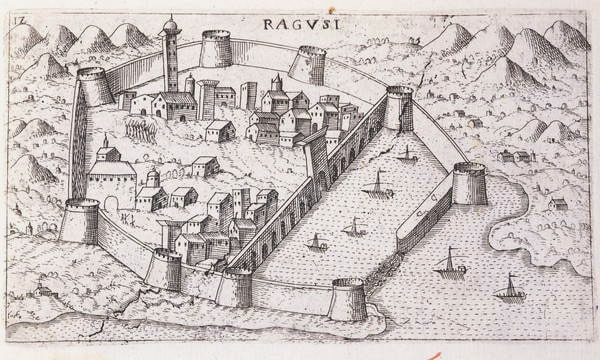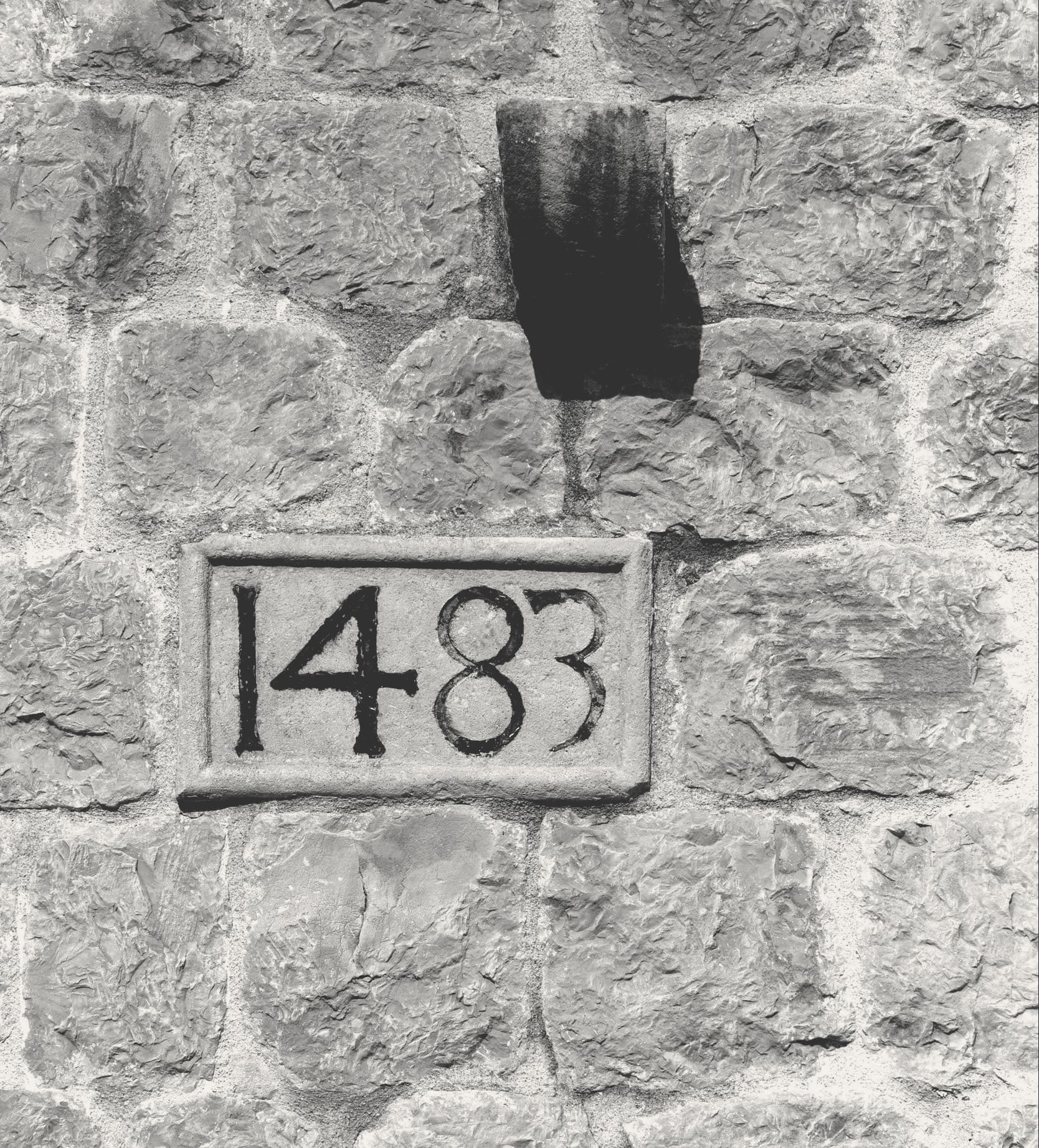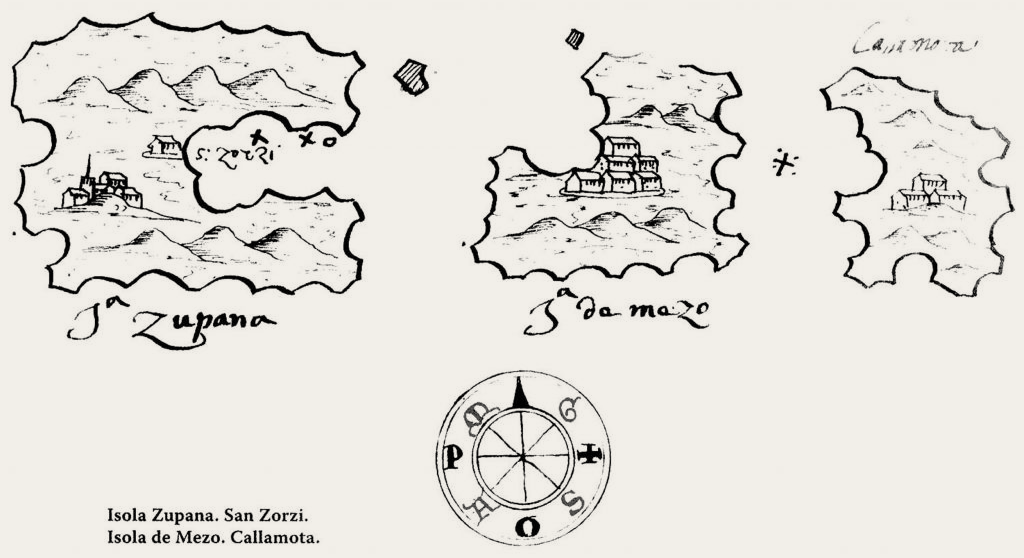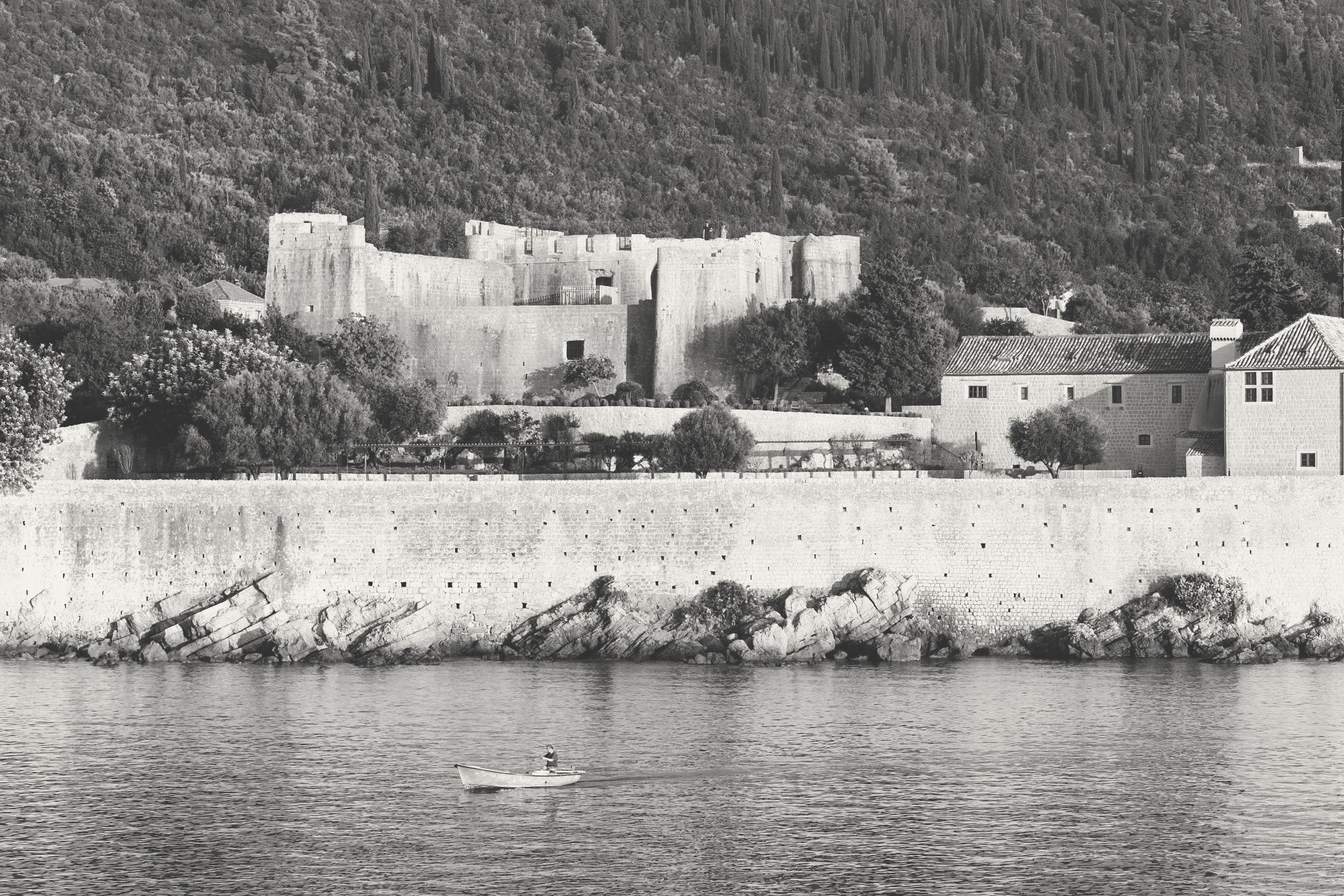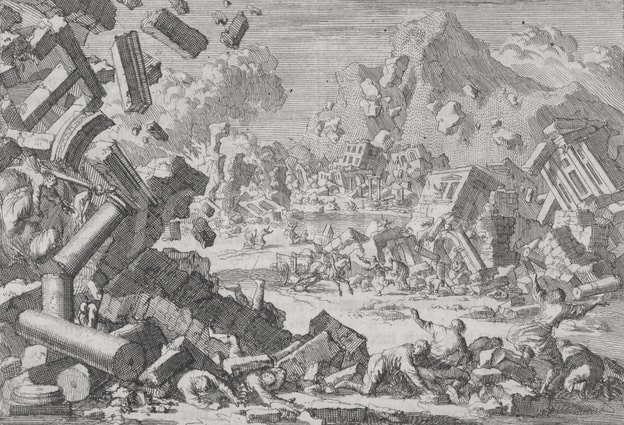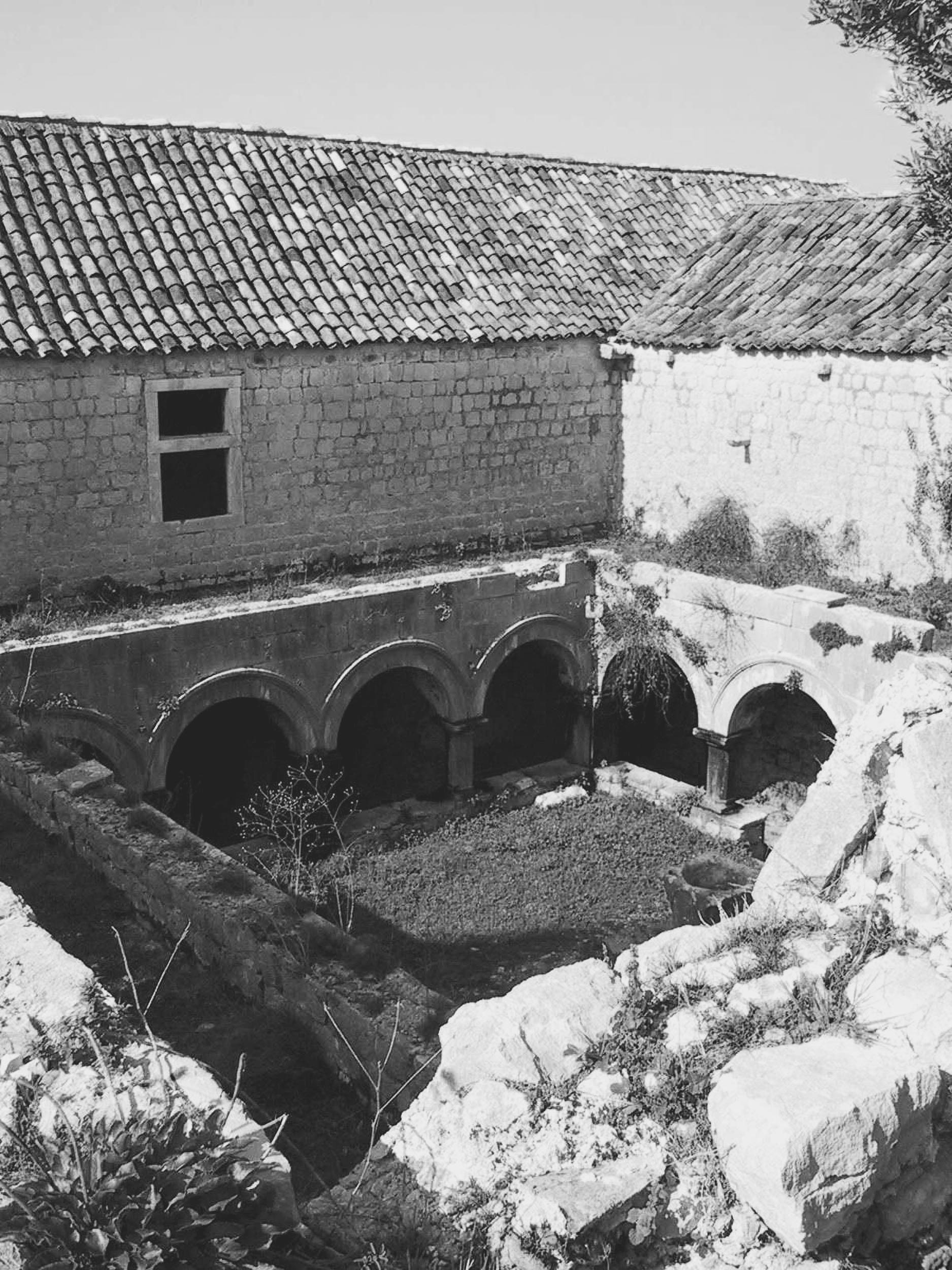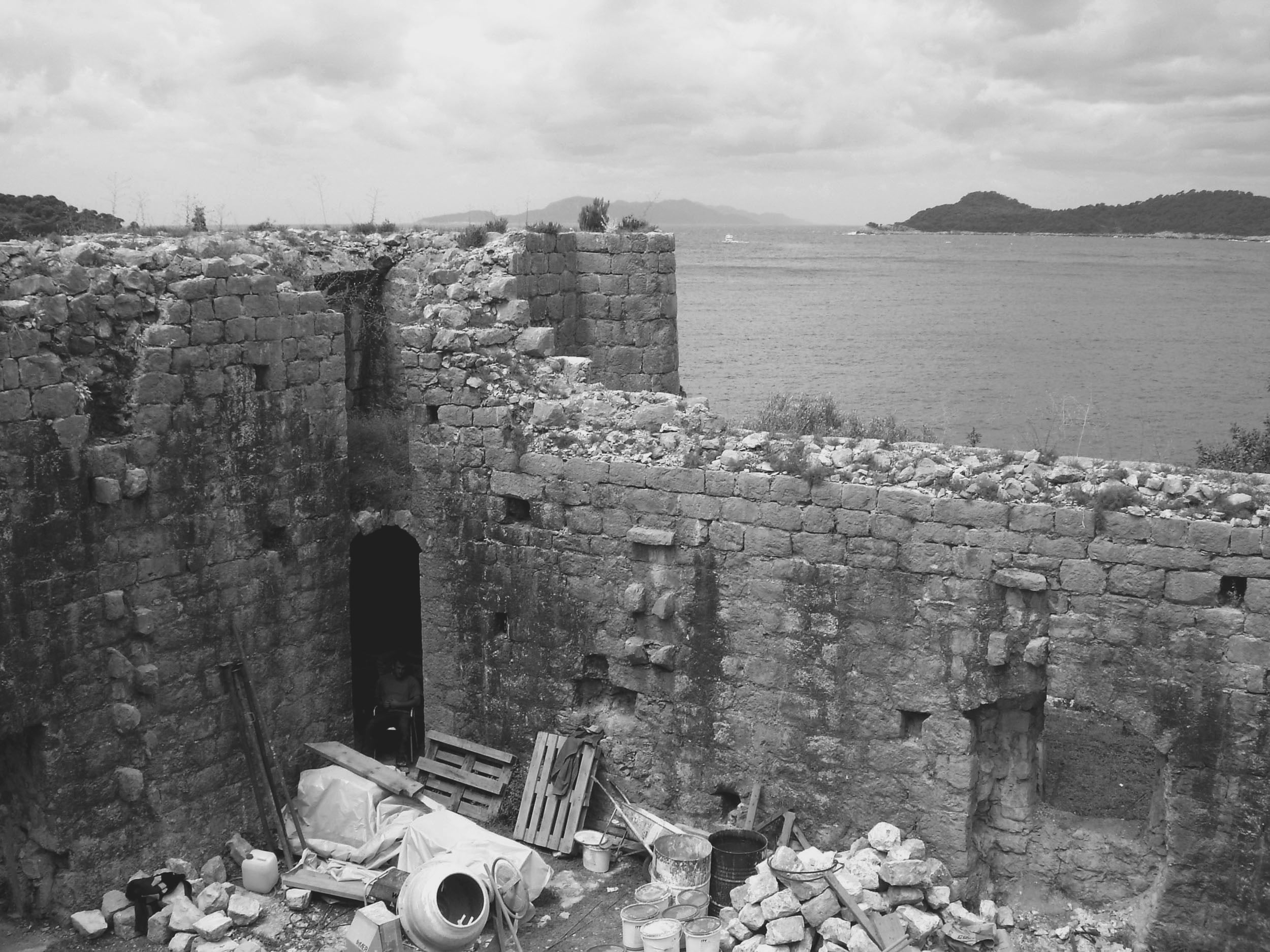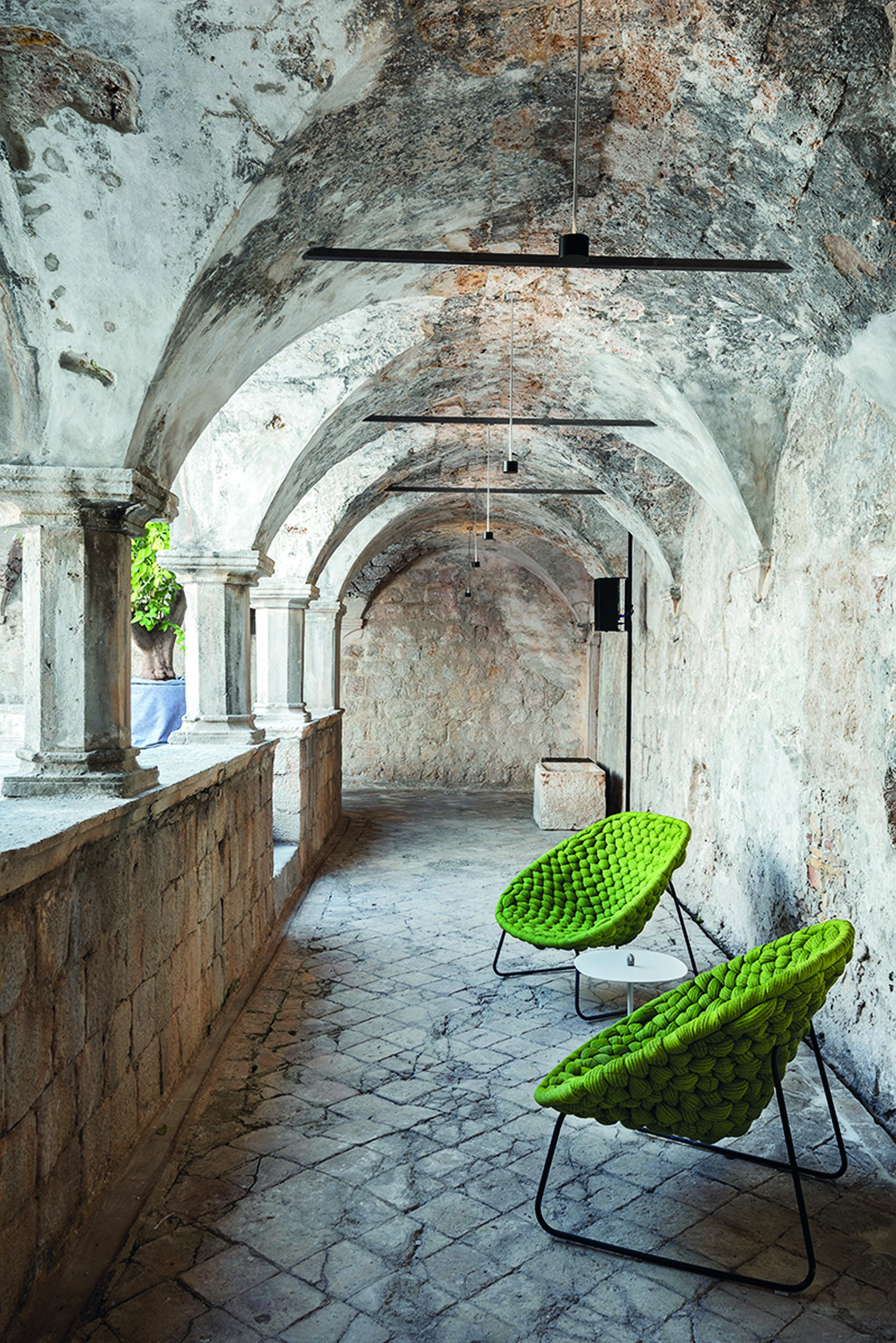Story
Located on the northern tip of the island, the Franciscan monastery of Our Lady of the Cave, commonly known as Gospa od Špilice, has been overlooking Lopud for centuries. The monastery’s origins date to the year 1483, which is engraved on its facade next to the entrance door and gives LOPUD 1483 its name.
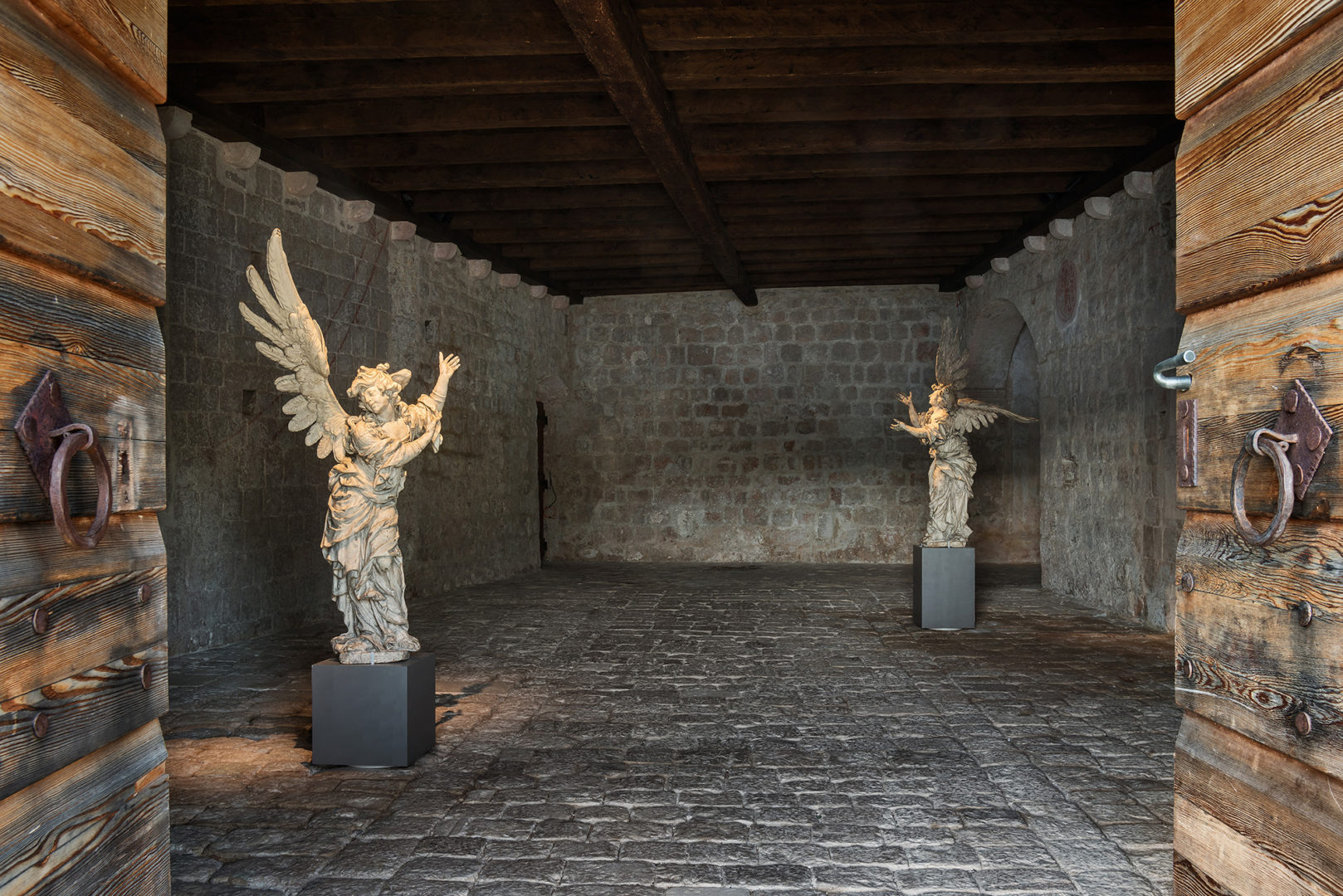
Over the past 20 years the property has been sensitively restored by Creative Director Francesca Thyssen-Bornemisza and her family, working closely with the Arhitektri studio in Zagreb to ensure that every aspect was carefully designed in order to preserve the historic origins of the building.
RESTORATION
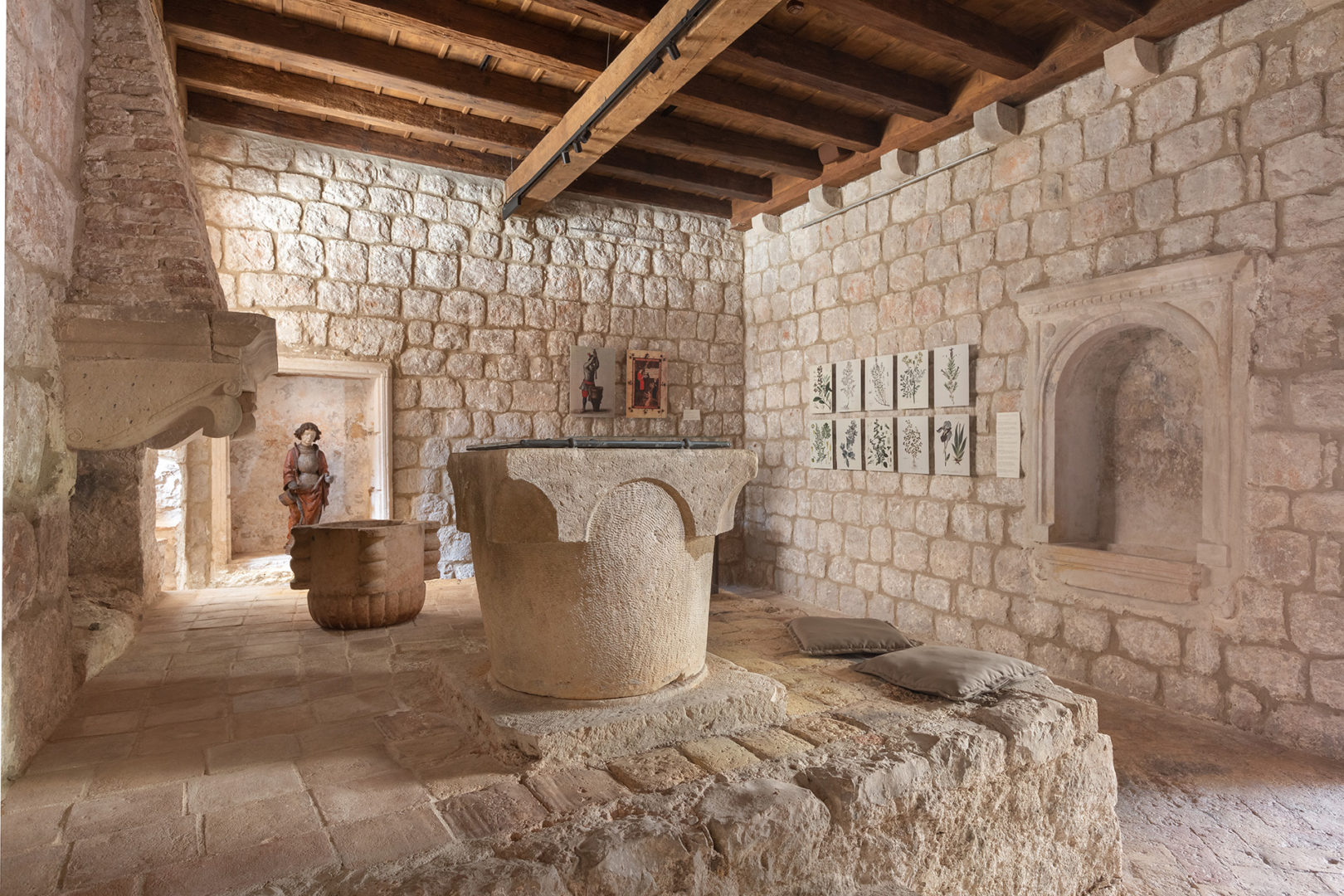
Looking up at the sky, through what remained of the floor above and the missing roof, in the mid-1990s Frank Gehry gave us the following advice: “Take your time with this project!” And we did. Two decades of conservation followed, dealing with layer after layer of history. Every step was carefully designed so that the care and innovative architectural thinking can be seen in a way that does not detract from our host, the historical building.
Restoring the monastery complex meant not only protecting its original shape and character but also finding a concept that would allow to unfold the full potential of its existence in today’s time. Architect Rujana Bergam Marković sought to express her creativity through unexpected details and twists in space and achieved impressive ambience thanks to cautious work with color and light.
The interior of the monastery features many pieces of furniture designed by Paola Lenti, a renowned Milan-based furniture designer, whose approach based on serene coexistence of seemingly diverse influences shares the same philosophy that we had for the whole project.
It has been a long journey and an enormous collaborative process to revive this beautiful monastery complex into what it is today, transforming it into a place of shared learning where history, art, and botanical exploration unite the senses. LOPUD 1483 is reopened according to Saint Francis’s ideals and it lends itself to life and learning again, to culture and the environment.
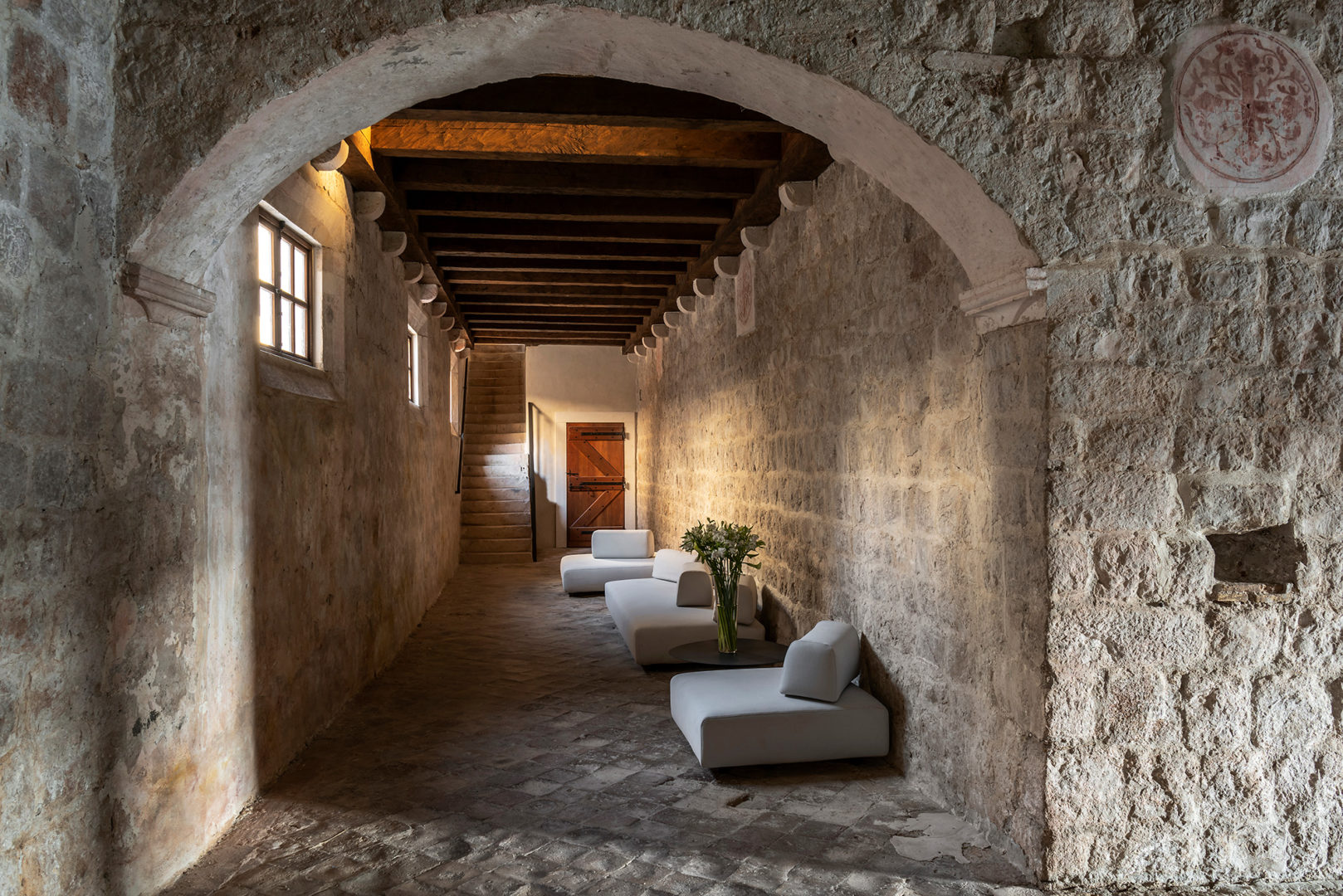
Alongside the aim of preservation, the future meaning and function of the monastery have been thoroughly considered. One of the original roles of Franciscan monasteries was cultural development and education, and this function was revived, in contemporary form, in 2018, when the monastery re-opened its doors to the public.
Thanks to a sensitive approach by the Arhitektri studio in Zagreb, the monastery has been adapted to a contemporary space that can host conferences, symposia, retreats, and bespoke private events.
We all need to rescue ourselves from our busy lives in order to reinforce our own creativity. This is essential in order to forge our futures in this increasingly demanding world. Life strategies are not built-in heavy traffic. We need our minds to flow with emotional intelligence! Through nature and the sacred plants that grow in the gardens according to Renaissance traditions, we can reconnect to ourselves. There are many places to meditate, debate, and relax in a sensorium that is centuries old, and whose sacred geometry brings us back to a peaceful place for contemplation. After many years of sensitive restoration, where as much of the original fabric has been kept as possible, the reuse of this magnificent structure has been carefully thought through. It is of value to us to be able to experience its dynamic energy, soak in its peaceful atmosphere, explore its soulful gardens, enjoy its extraordinary undisturbed views and sunsets, just as I have imagined them while working on this dream for 20 years! And dreams are meant to be shared. My experience can be your experience… LOPUD 1483 is that experience.
Francesca Thyssen-Bornemisza
THYSSEN-BORNEMISZA COLLECTION
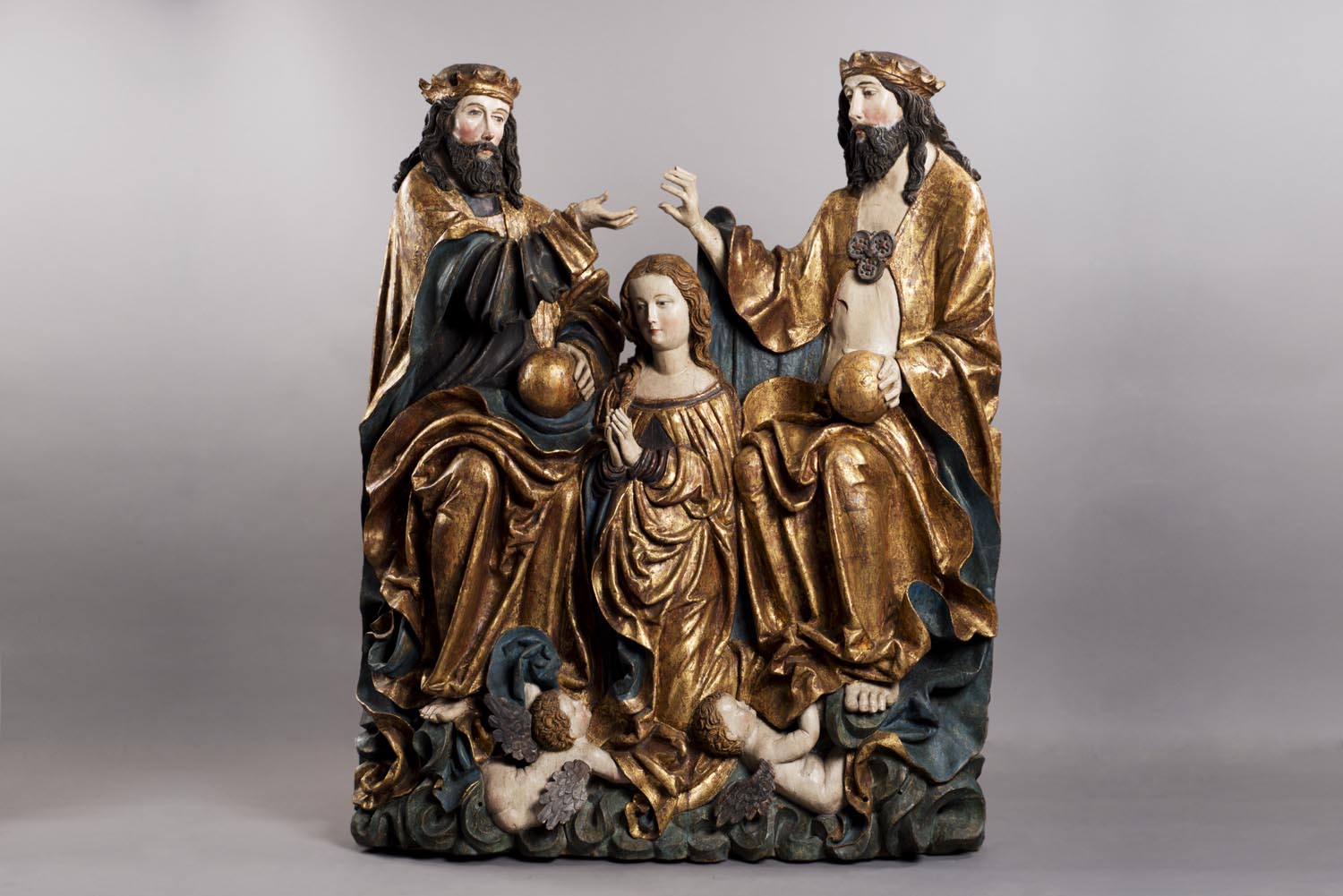
Omniarte - Coronation of the Virgin Circa 1520-Circa 1530
The Thyssen-Bornemisza Collection traces its origins to August Thyssen (1842–1926), founder of the industrial empire and the first member of the family who showed an interest in the arts. After admiring Auguste Rodin’s works at the Exposition Universelle in Paris in 1900, he commissioned the artist to create seven marble sculptures. The collection took shape during the following generation with August’s son Heinrich, the first Baron Thyssen-Bornemisza (1875–1947), who acquired not only most of the paintings now in the Museo Nacional Thyssen-Bornemisza in Madrid but also a large number of medieval and Renaissance furniture and sculptures, ivories, silver, carpets, tapestries, and Limoges enamels.
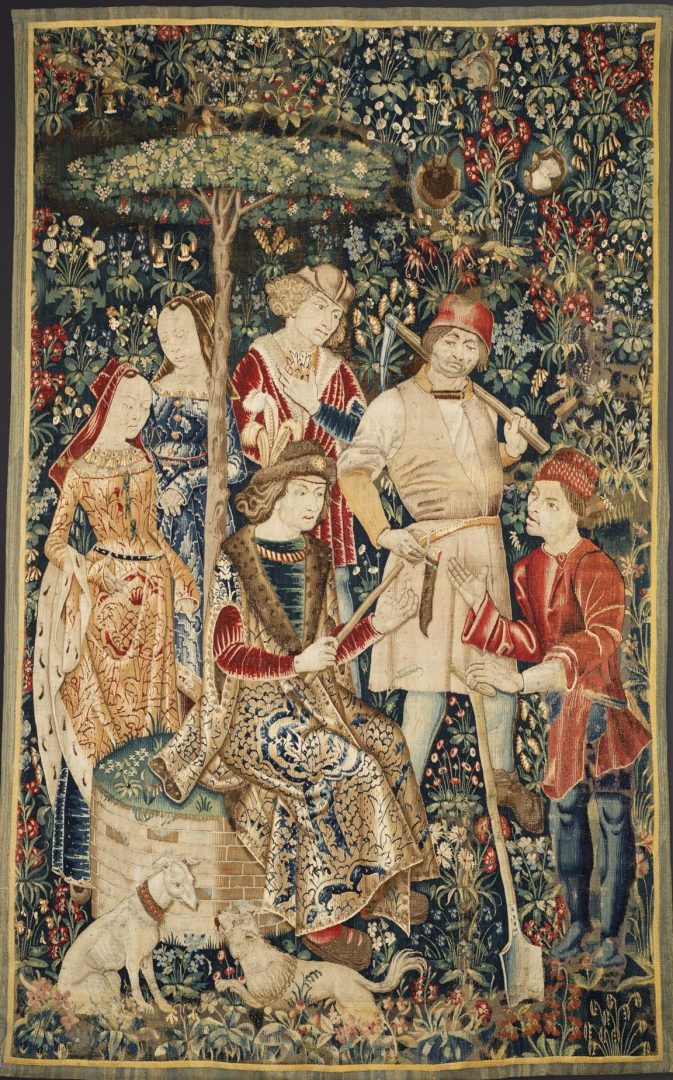
Omniarte - The rightfull judgement, 16th century
Baron Hans Heinrich Thyssen-Bornemisza (1921–2002) initially expanded the collection following his father’s taste but soon started acquiring modern art. His daughter Francesca has created one of the most important collections of contemporary art (TBA21), which is the result of an ongoing commitment to commissioning multidisciplinary art projects. She has selected two contemporary photographs, one by Thomas Struth and one by Rineke Dijkstra, which stand as fascinating counterparts to the old masters in the exhibition.
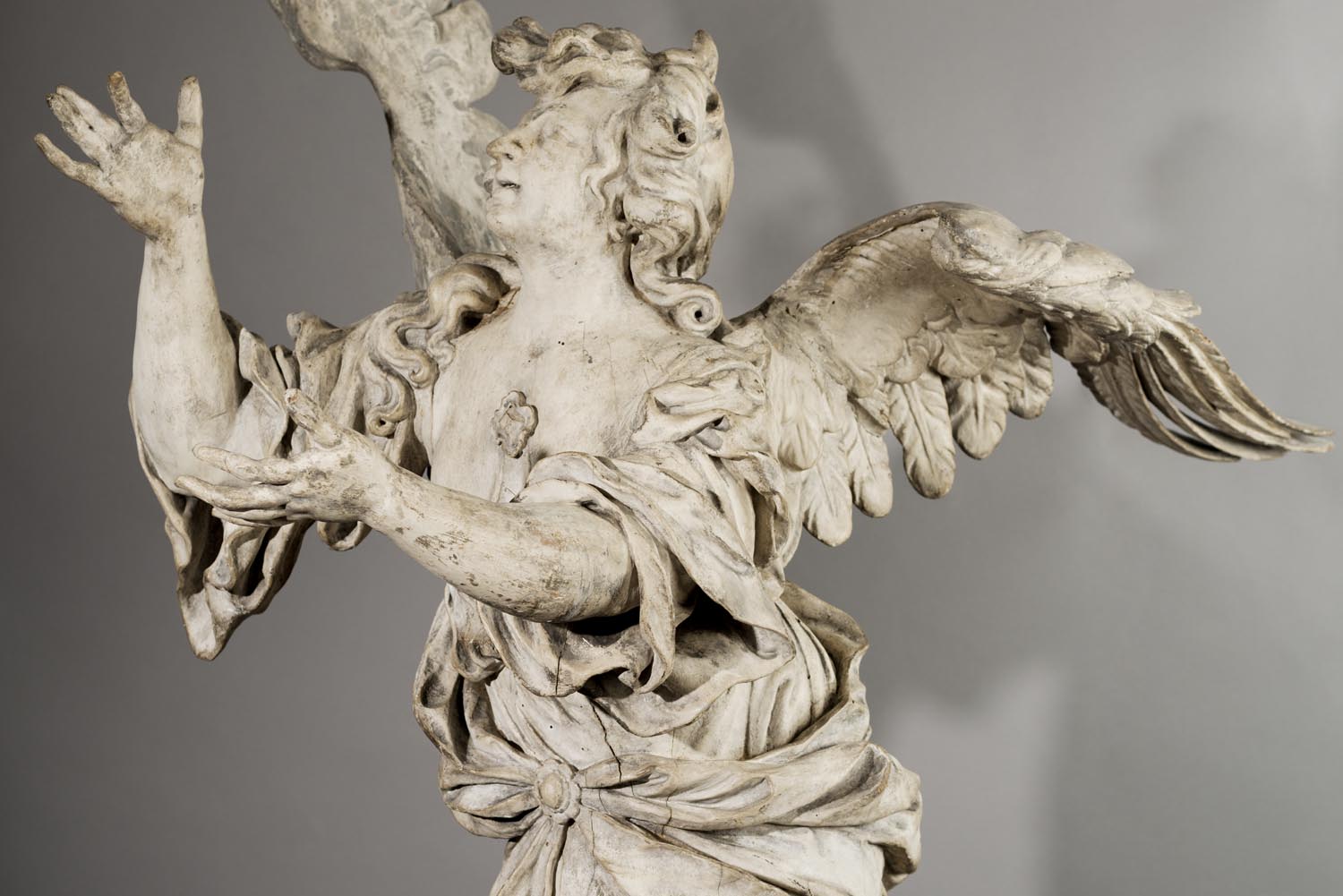
Highlights include two 18th-century angels that used to stand guard at the entrance of the Villa Favorita, a magnificent Renaissance tapestry from France, and the spectacular Liberation of Saint Peter by Mattia Preti (ca. 1645), which was previously owned by Prince Eugène Rose de Beauharnais (1781–1824), who probably acquired it in Italy while accompanying his stepfather, Napoléon I, whose army also reached the Republic of Dubrovnik and the island of Lopud.
Other artworks on view include a large 16th-century Ushak carpet, German Renaissance gold and silver items, and paintings such as Saint Sebastian Holding an Arrow (late 1620s) by the Florentine artist Francesco Furini and an impressive portrait of Anna Dürer (1527) by an anonymous master.
HISTORY
The founding of the monastery of Our Lady of the Cave was in the interests of both the Observant branch of the Franciscans and the secular government of the Republic of Dubrovnik. Several monasteries in the territory of Ragusa belonged to the Dalmatian province governed by the Republic of Venice, and the government of Dubrovnik was eager to eliminate the potentially dangerous influence of these friars. Therefore, the ultimate aim of Dubrovnik’s government was to unite all Franciscan houses in its territory into an autonomous administrative unit. The founding of the Franciscan monasteries Our Lady of the Cave on the island of Lopud (1483) and Our Lady of the Snow in Cavtat (1484) fulfilled the conditions needed for forming an independent vicariate, under the heavenly protection of Saint Francis.
Establishing an independent province meant strengthening the republic’s influence in its territory, especially on the islands closer to the border. The monastery’s church was originally dedicated to the Birth of the Virgin Mary; it is, however, popularly known as the monastery of Gospa od Špilice. Špilica means “rocky hill cave” in a local dialect.
The monastery complex is built on a cave that has been turned into a route leading to the sea directly from the monastery. This route can be approached from the western corner of the building, next to the old kitchen, and one can easily locate a small door in the sea wall when approaching Lopud harbour. It is believed that this is where the cave, or špilica, once was.
